The crisis provoked by COVID-19 is a challenge to aviation safety that is not going away soon. But history shows how inspired leadership can turn adversity into improvement.
Aviation safety is an extremely emotive topic. And rightly so. Whenever the safety and wellbeing of humans is concerned, there is, and always should be, a high degree of public interest.
The kind of scrutiny and monitoring aviation safety attracts, especially in the media, is to a certain extent disproportional to the level of risk it poses to the community. Whether this level of scrutiny is warranted is a separate issue, but the fact remains that aviation safety is always prominent in the public eye and never far from the mind of even the most seasoned frequent flyer.
Provided an airline has a healthy safety culture, then its ability to effectively transition to a new environment should be relatively straightforward. In some instances, however, deep-rooted cultural attitudes, those which are not conducive or consistent with safety practices, may obstruct or subvert attempts at change. The unprecedented sanctions imposed under COVID-19 measures, especially with the closure of national borders, put the entire global airline sector is on life support, and even now it is far from certain that all pre-pandemic operators will survive.
It concerns me greatly whether those airlines that survive the coronavirus pandemic will maintain the requisite levels of financing to ensure air travel remains safe. For this to happen, airline executives will need to support such expenditure and governments will need to remain vigilant to ensure that they do. There’s a saying in the industry that ‘a safe airline is a profitable airline’. And it further concerns me that as we move toward our next normal, the re-emerging airline sector bears all the hallmarks of another time when the industry faced such an extraordinary and unprecedented change.
That time was October 24, 1978, when President Jimmy Carter signed the Airline Deregulation Act into law, marking the first time in the nation’s history that any industry was deregulated. Under the new act, airlines were free to determine their own fares and routes, an event that overnight transformed the industry and the entire passenger experience.
US airline deregulation was a part of a greater global airline liberalisation trend. Established airlines rushed to gain or preserve access to the most lucrative routes and a new breed of airlines quickly formed, becoming known as ‘no-frills airlines’. (Today they have the more palatable title of ‘low-cost carriers’.) Unsurprisingly, fierce competition resulted and immediately drove fares down. Passengers flocked to airports in record numbers. Most of the incumbent carriers strongly opposed deregulation and insisted that the safety of airline passengers would be compromised. Their fears of a destabilised industry were well founded.
In aviation speak, ValuJet was an accident waiting to happen.
One of the new no-frills airlines was ValuJet. Operations commenced in 1993 with just 2 aircraft and, after a year of tremendous growth and the addition of 15 aircraft, the company listed on the stock exchange. ValuJet became the fastest airline to make a profit in the history of American aviation, earning US$21 million in its first year of operations, and their shareholders loved it.
But there was a trade-off. With aggressive cost cutting across all areas of the business, the airline’s expansion relied on buying aging aircraft from around the world. The strategy left the company with a fleet that became the oldest in the United States, averaging 26 years. By way of comparison, the average age of aircraft operated by full-service carriers in 2020 was less than 12 years.
Very quickly the airline developed a reputation for its poor attitude to safety and dangerous cost-cutting measures. Whatever work that could be contracted was farmed out to temporary employees and independent contractors. Industry stalwarts considered ValuJet’s operations as ‘smoke and mirrors’, often referring to it as a ‘virtual airline’.
The airline provided very little training to any of its employees, including their pilots, flight attendants and aircraft engineers, and even required their pilots to pay for their own training. ValuJet were also skimping on staff payments, paying pilots after they completed flights and then at minimal salaries – about US$43,000 plus bonuses for captains and around half that for copilots.
The airline also subcontracted maintenance to several different companies who would then subcontract the work out to other companies. Whenever mechanics caused delays, ValuJet would cut the pay of the mechanics working on the aircraft. In just 3 years, the fleet had expanded from 2 aircraft to 52. In aviation speak, ValuJet was an accident waiting to happen.
And so, it did.
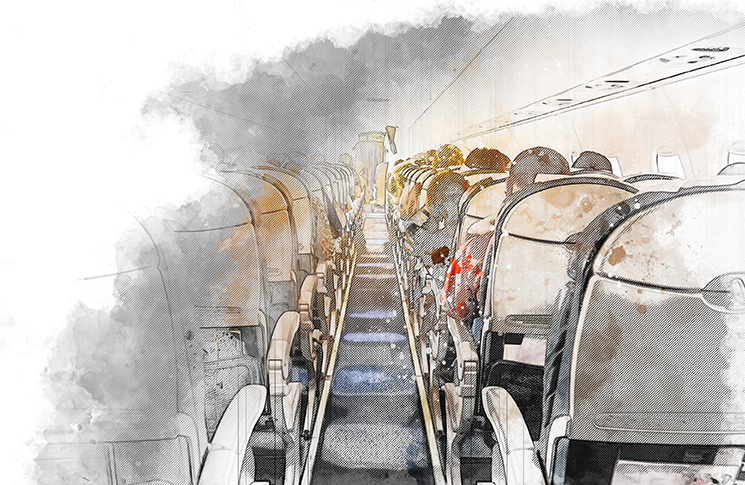
Death and transfiguration
On 11 May 1996, after an hour-long mechanical delay, ValuJet Airlines Flight 592 took off from Miami International Airport just after 2 pm. Due to neglectful oversight, Flight 592 was illegally carrying 144 oxygen generators that were past their expiration dates and weren’t properly stowed. Minutes after take-off, the generators began emitting oxygen which, prodded by the heat in the cargo bay, caught fire.
Just 6 minutes out of Miami while climbing northwest through 11,000 feet, copilot Richard Hazen radioed air traffic control: ‘Ah, five-ninety-two needs an immediate return to Miami’. As William Langewiesche wrote in his elegant but harrowing analysis of the disaster, ‘In the deliberate calm of pilot talk, this was strong language.’ The time was 32 seconds after 2.10 pm and it was a beautiful clear spring afternoon.
Something had gone drastically wrong with the aircraft. At 2.23 pm, the aircraft crashed into the Everglades, killing all 110 people onboard. Investigators later calculated that the airplane rolled to a 60-degree left bank and dived 6,400 feet in just 32 seconds. The aircraft’s speed at the time of impact was almost 500 miles an hour (about 800 km/h).
After the accident and during a 3-month suspension imposed by the Federal Aviation Administration (FAA), the board of directors realised that the only way the company had any chance of survival was by transforming the culture of the airline. It resumed flying with 15 of its newest jets and, in November 1996, announced Joseph Corr, a former and highly respected CEO of Continental Airlines, as the airline’s CEO and president.
With the airline having lost over US$55 million since the crash, Corr had a big job on his hands. His immediate focus went toward changing the most essential core value for any airline, namely developing a positive and genuine commitment to safety. A year later, Corr acquired the smaller AirTran Airways and dropped the name ValuJet and the transformation was complete.
In a 2010 article in the New York Times, AirTran was described as ‘one of the most unlikely success stories in the airline industry’. In every year since the crash, the airline received the industry’s highest and most prestigious safety award – the FAA’s Diamond Award of Excellence.
I recall back in 2001 when I was in Los Angeles undergoing pilot conversion training on the new Boeing 717 – the same aircraft type that AirTran had acquired – I met a bunch of AirTran trainee pilots. Within minutes of talking to these guys you could sense a real commitment to safety just in the way they spoke about the company, their training and their aspirations for the future with the company. The airline returned to profitability within a year of Corr taking over as CEO and became one of the most respected airlines within the industry.
Crashing the company
Not all stories about airlines after major accidents ends up this way. Four days before Christmas in 1988, Pan Am Flight 103 exploded over Lockerbie, Scotland, killing all 259 people onboard and 11 on the ground in the small Scottish town. This was the beginning of the end for Pan Am which was once America’s largest international airline. After more than 60 years of operations, Pan Am eventually filed for bankruptcy in 1991.
Just two months after the ValuJet crash in July 1996, TWA Flight 800 took off from JFK Airport headed for Paris. Twelve minutes later, it exploded over the shores of Long Island, New York. None of the 230‑people onboard survived. TWA never fully recovered from the crash and ceased operations in 2001.
More recently, on 8 March 2014, Malaysia Airlines Flight MH370 disappeared from radar on a scheduled flight from Kuala Lumpur to Beijing. The aircraft reached cruising level about half an hour after departing and 10 minutes later, the captain was instructed to switch radio frequencies. He said, ‘Goodnight, Malaysia Three Seven Zero’.
The only way the company had any chance of survival was by transforming the culture of the airline.
The aircraft then bizarrely deviated from the scheduled route and flew across Malaysia, Sumatra and then into the Indian Ocean before it disappeared off the radar. Still, nobody knows what happened. Four months later, Malaysia Airlines Flight 17 (MH17) was flying from Amsterdam to Kuala Lumpur when it was shot down by a Buk surface-to-air missile while flying over the warzone in eastern Ukraine. All 298‑people onboard were killed.
While the MH370 incident was not necessarily the direct consequence of deficiencies within the airline, the financial losses and adverse public perceptions following the tragic incident led to the company making decisions that put its crew and passengers in danger. For instance, international aviation regulators had warned airlines of the increased hazards associated with flying over Ukrainian airspace, and many operators decided to divert around this region. By diverting around the active warzone, airlines increased their operating costs but likewise increased the level of safety.
All these accidents exemplify the adage, ‘If you think safety is expensive, try having an accident’. Some airlines just can’t change their core values quick enough to restore the flying public’s confidence for them to survive. Just as we saw how difficult it is for individuals to change the core values required for a paradigm shift, so too it is the difficulty for corporations to change their core values necessary for a cultural change.
But how do companies change their culture?
When AirTran’s CEO Joseph Corr turned around the misfortunes of ValuJet, he knew that the most important aspect about cultural change within an organization was that it never filters up. Change must be driven from the very top of an organisation for it to be absorbed by every employee. In this case, for over 8,000 employees, aviation safety had become their individual responsibility. As with personal paradigms, corporate culture is an incredibly powerful force.
Change must be driven from the very top of an organisation for it to be absorbed by every employee.
Professor Ron Bartsch AO is a director of Rex Airlines, a former employee of CASA, holds an ATPL and has more than 7,500 flying hours. This article is an edited extract from his book, The Corona Dilemma: 20-20 Thinking for the Next Normal. In 2021 Ron was awarded an Order of Australia for his ‘significant service to aviation law, and safety and compliance.’

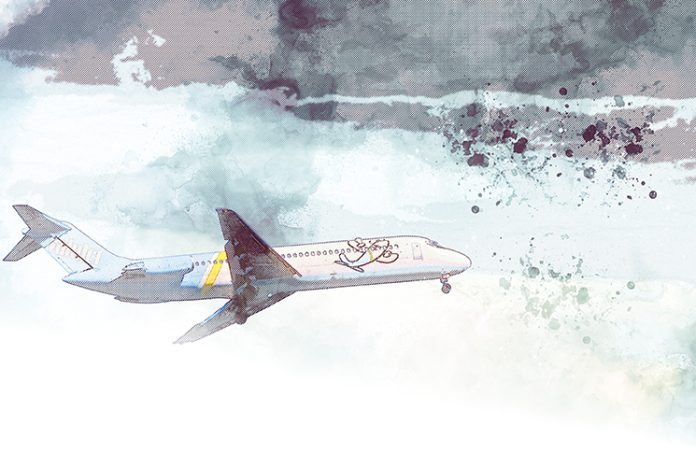
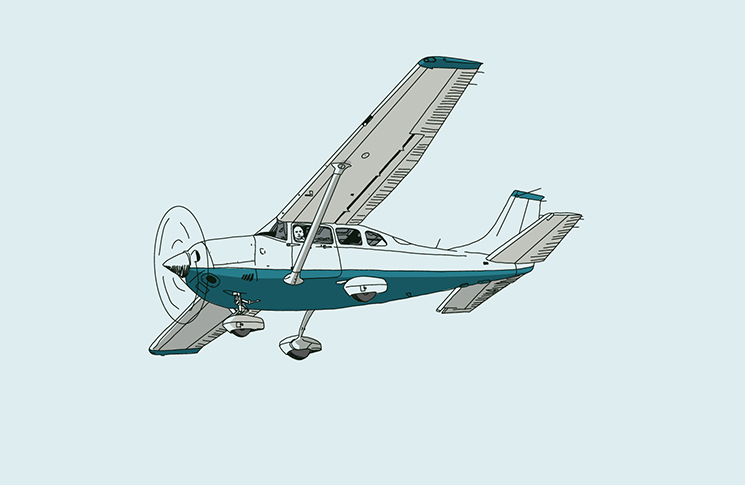
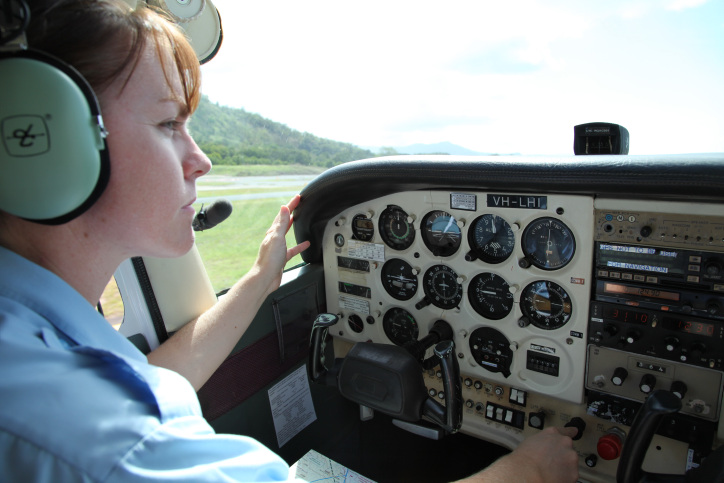
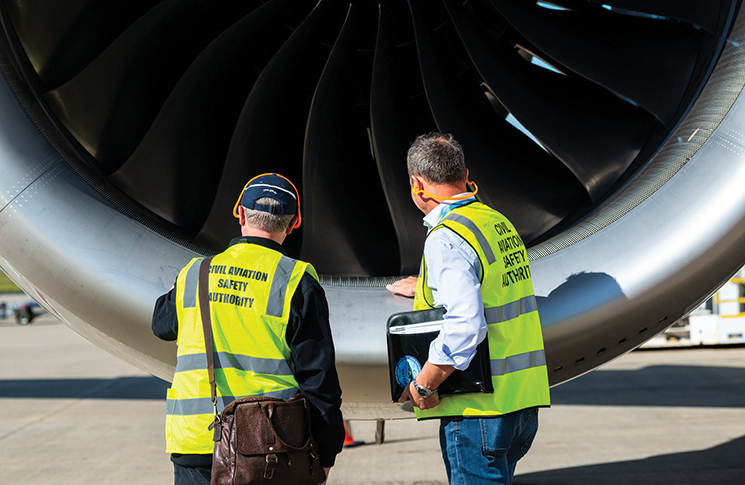

Rather ironic, considering all the maintenance-related incidents that Rex experiences!
Dear Sir,
…For instance, international aviation regulators had warned airlines of the increased hazards associated with flying over Ukrainian airspace, and many operators decided to divert around this region. By diverting around the active warzone….,
This information was not readily available to all Airlines. More available to those countries whose intelligence services “deserved” to receive this information from the countries with large security organisations. I’m pretty sure that British Airways were the only airline to avoid the eastern Ukraine at this time. It adds to your narrative but is not entirely correct.
kind regards Stephen